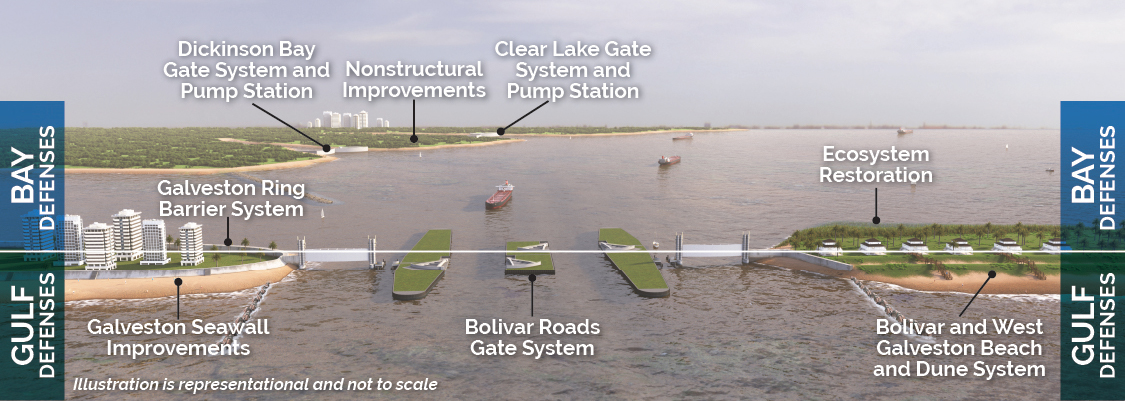Report ranks Houston as a top global city — with one thing holding it back
take note
A new analysis positions the Energy Capital of the World as an economic dynamo, albeit a flawed one.
The recently released Oxford Economics Global Cities Index, which assesses the strengths and weaknesses of the world’s 1,000 largest cities, puts Houston at No. 25.
Houston ranks well for economics (No. 15) and human capital (No. 18), but ranks poorly for governance (No. 184), environment (No. 271), and quality of life (No. 298).
New York City appears at No. 1 on the index, followed by London; San Jose, California; Tokyo; and Paris. Dallas lands at No. 18 and Austin at No. 39.
In its Global Cities Index report, Oxford Economics says Houston’s status as “an international and vertically integrated hub for the oil and gas sector makes it an economic powerhouse. Most aspects of the industry — downstream, midstream, and upstream — are managed from here, including the major fuel refining and petrochemicals sectors.”
“And although the city has notable aerospace and logistics sectors and has diversified into other areas such as biomedical research and tech, its fortunes remain very much tied to oil and gas,” the report adds. “As such, its economic stability and growth lag other leading cities in the index.”
The report points out that Houston ranks highly in the human capital category thanks to the large number of corporate headquarters in the region. The Houston area is home to the headquarters of 26 Fortune 500 companies, including ExxonMobil, Hewlett Packard Enterprise, and Sysco.
Another contributor to Houston’s human capital ranking, the report says, is the presence of Rice University, the University of Houston and the Texas Medical Center.
“Despite this,” says the report, “it lacks the number of world-leading universities that other cities have, and only performs moderately in terms of the educational attainment of its residents.”
Slower-than-expected population growth and an aging population weaken Houston’s human capital score, the report says.
Meanwhile, Houston’s score for quality is life is hurt by a high level of income inequality, along with a low life expectancy compared with nearly half the 1,000 cities on the list, says the report.
Also in the quality-of-life bucket, the report underscores the region’s variety of arts, cultural, and recreational activities. But that’s offset by urban sprawl, traffic congestion, an underdeveloped public transportation system, decreased air quality, and high carbon emissions.
Furthermore, the report downgrades Houston’s environmental stature due to the risks of hurricanes and flooding.
“Undoubtedly, Houston is a leading business [center] that plays a key role in supporting the U.S. economy,” says the report, “but given its shortcomings in other categories, it will need to follow the path of some of its more well-rounded peers in order to move up in the rankings.”

